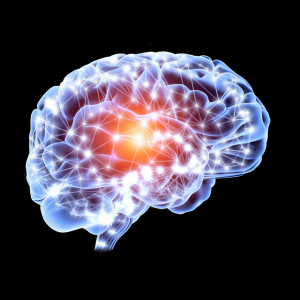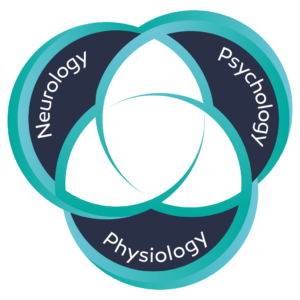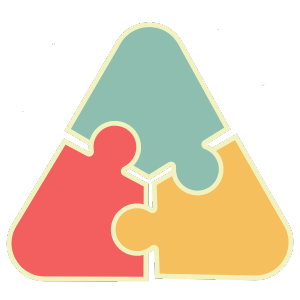When you hear the phrase “retrain your brain,” what comes to mind? Most people assume their thoughts, habits, and reactions are fixed—but they’re not. Your brain is constantly adapting, shaping itself based on your experiences, thoughts, and actions. This ability to change is called neuroplasticity, and it’s the foundation of how we learn, grow, and heal. One of the most powerful ways to understand neuroplasticity is through the concept of the Neural Net—a metaphor for how your brain builds and strengthens pathways over time. When you truly grasp this, you’ll realize that no matter how long you’ve been stuck in unhelpful patterns, you have the ability to reshape your mind and, ultimately, your life.
What is the Neural Net?
Imagine walking through a dense forest. The first time you take a new path, it’s difficult—branches block your way, and the ground is uneven. But the more you walk that same path, the clearer it becomes. Eventually, the old, overgrown trails fade, and the new path becomes the easiest route forward.
Your brain works the same way. Every time you learn something new, repeat a thought, or engage in an action, you strengthen the connections between your neurons—just like reinforcing a well-travelled path in the forest.
But here’s the catch: your brain doesn’t distinguish between helpful and unhelpful paths. Whether it’s a skill you’re practicing, a negative self-belief you keep replaying, or a chronic pain response wired into your system, your brain strengthens whatever you repeat.
The good news? You can retrain it.
How the Neural Net Affects Chronic Pain and Habits
Many people with chronic pain feel like they’re trapped in an endless loop. That’s because, over time, pain pathways become deeply embedded in the nervous system. Your brain literally “learns” pain—strengthening the neural connections that keep the pain alive.
The same goes for emotional and behavioral patterns. If you constantly reinforce stress responses, anxiety, or self-doubt, those pathways get stronger, making it harder to shift away from them.
But just as the brain can learn pain, it can also unlearn it.
By consistently introducing new, healthier patterns, you can weaken the old pathways and strengthen new ones. This is the foundation of how people recover from chronic pain, shift negative thinking, and develop healthier habits over time.
The Power of Neuroplasticity: Changing the Brain on Purpose
Here’s how you can start shaping your Neural Net in a way that supports your healing and growth:
- Awareness – The first step is recognizing which thoughts, habits, or patterns you want to change. Are they helping or hindering you?
- Intentional Repetition – The more you practice a new skill, thought, or habit, the stronger the new neural connections become.
- Consistency Over Time – Just like walking a new path through a forest, reinforcing new pathways requires daily effort. The more often you engage with beneficial habits, thoughts, and skills, the easier they become.
The key takeaway? Your brain is not fixed. No matter where you are right now, you have the ability to shape your mind and create new possibilities.
What Comes Next?
Now that you understand the Neural Net, the next step is learning how to take control of your automatic reactions—because awareness alone isn’t enough. In our next article, we’ll explore the Path of Awareness, a framework that helps you shift from unconscious reactions to intentional responses.
If you’re ready to learn more about breaking the cycle of chronic pain, check out our free resources:





